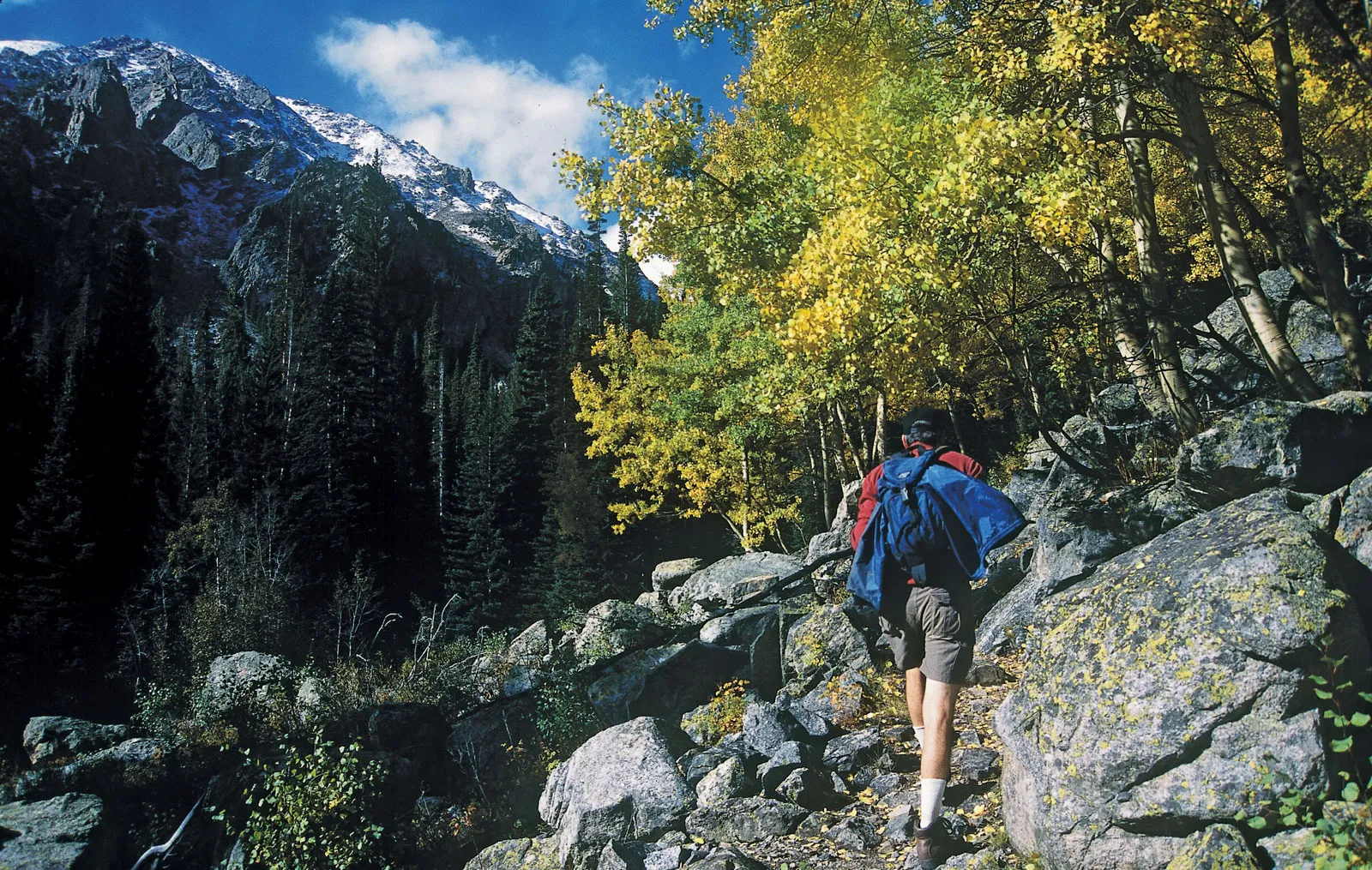10 Essentials for Hiking
Packing the “Ten Essentials” whenever you decide to step out into the backcountry, even on day hikes, is a great habit. It is true, that on a routine trip you may use only a few day hike essentials or maybe none at all. However, it’s when something goes wrong that you’ll truly appreciate the value of carrying these essential items that could be crucial to your survival. Heading out for a day hike is surely a delightful way to explore nature with friends and family, or just by yourself. Whether you want to go deep into the mountains or stay closer to home, the places to go are abundant. The best way to enrich this wonderful hiking experience is to come prepared for whatever may be.
Hiking essentials for beginners
The 10 Essentials are simply a collection of first aid and emergency items that can support you in the event of minor injuries, unexpected delays, or sudden weather changes. These 10 Essentials are just the basic items you should have with you because may need additional items depending on the activities in which you will participate. The original list of essentials was assembled in the 1930s by an organization for climbers and outdoor adventurers called The Mountaineers, to help people be prepared for emergency situations in the outdoors. Back then, the list merely included a map, sunglasses, compass, headlamp/flashlight, sunscreen, first-aid supplies, fire starter, matches, knife, extra clothing, and extra food.
Basic hiking gear
Over the years, the list has evolved to a “systems” approach rather than just including some individual items. Today it is more of a system of insight as to ‘better be prepared than sorry’.
First on the list, is NAVIGATION – Map, compass, personal locator beacon (PLB) or GPS system plus extra batteries. Navigation systems are used for planning your route before your trip, and when you need help positioning yourself in your surroundings during your activities. It is important to know how to use a topographical or relief map before going out, as well as your compass or GPS unit.
Second, is SUN PROTECTION – Sunglasses, sunscreen, sun protective clothing, and hat. Sun protection is crucial to protecting your skin and your eyes against harsh UV rays responsible for sunburns and skin cancer. Take into consideration using sun-protection clothing such as pants and long sleeve shirts that can help minimize your sun exposure.
Third, is INSULATION – Jacket, hat, gloves, rain shell, and thermal underwear. Nature is unpredictable and this is why you need all the basic hiking gear and more. Be well prepared for sudden changes in weather conditions by packing an extra layer of clothing for the most extreme conditions you could encounter.
Fourth on the list, is FIRST-AID SUPPLIES – First Aid Kit including foot care and insect repellent (as needed). Be prepared for emergencies by packing first-aid supplies with you. You can start with a pre-made kit and adjust it to fit your trip and your medical needs. Also, consider including an emergency guide in case you face an unfamiliar medical emergency.
Fifth, is HYDRATION – Water and water treatment supplies. Staying hydrated on your trip is of utmost importance! If you’re going to be active outdoors, running hiking, biking swimming, etc., have your water prepared before you need it and do not allow yourself to become dehydrated. Also, identify if there are any bodies of water at your hiking trails or destination in which you could collect water from and treat using your water treatment supplies.
Sixth, is NUTRITION – Food beyond minimum expectation. You should always be prepared for changes to your trip plans. Pack calorie-dense foods to help fuel your hike, and an extra portion in case you are out longer than expected. (trail mix, nuts, and granola bars).
Seventh, is EMERGENCY SHELTER – Tent, space blanket, and tarp. Shelter is a vital essential during an emergency survival situation. It can protect you from severe weather conditions and exposure to harm. A tent, tarp, or emergency space blanket are some light weight options for emergency shelter.
Eighth, is REPAIR KIT AND TOOLS – knife, Duct tape, screwdriver, and scissors. Bring a basic repair kit with you to help with repairing equipment. Aside from your hiking gear, you should bring any tools specific to your trip and your activity, as well as items such as duct tape, a knife, and scissors. Consider packing a multi-tool, which is a compact version of many tools, including a knife, screwdriver, can opener.
Ninth, is ILLUMINATION – Flashlight, lanterns, and headlamp
Lighting is vital in the outdoors where a conventional light source can’t be found. These items include flashlights, lanterns, and headlamps. Headlamps are a preferred light source because they are hands-free, so be sure to pack extra batteries.
Tenth on the list, is FIRE – Lighters, matches, and fire starters. Fire is not just a heat source for cooking and staying warm, but can be an emergency signal as well. You should pack matches (if possible waterproof) and fire starters to catch fire quickly and sustain a flame. Familiarize yourself first with the fire use regulations of where you’re going before heading out. Make sure your hiking backpack is filled with all the essentials you might need because it’s better to safe than sorry.

